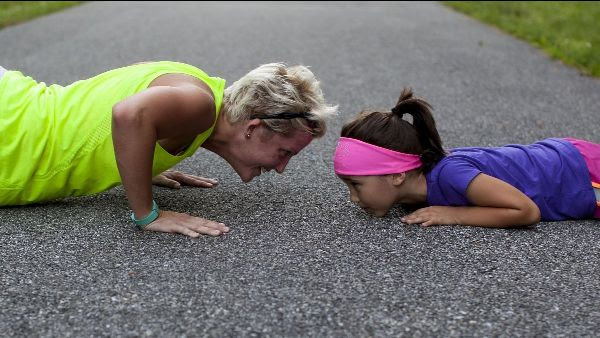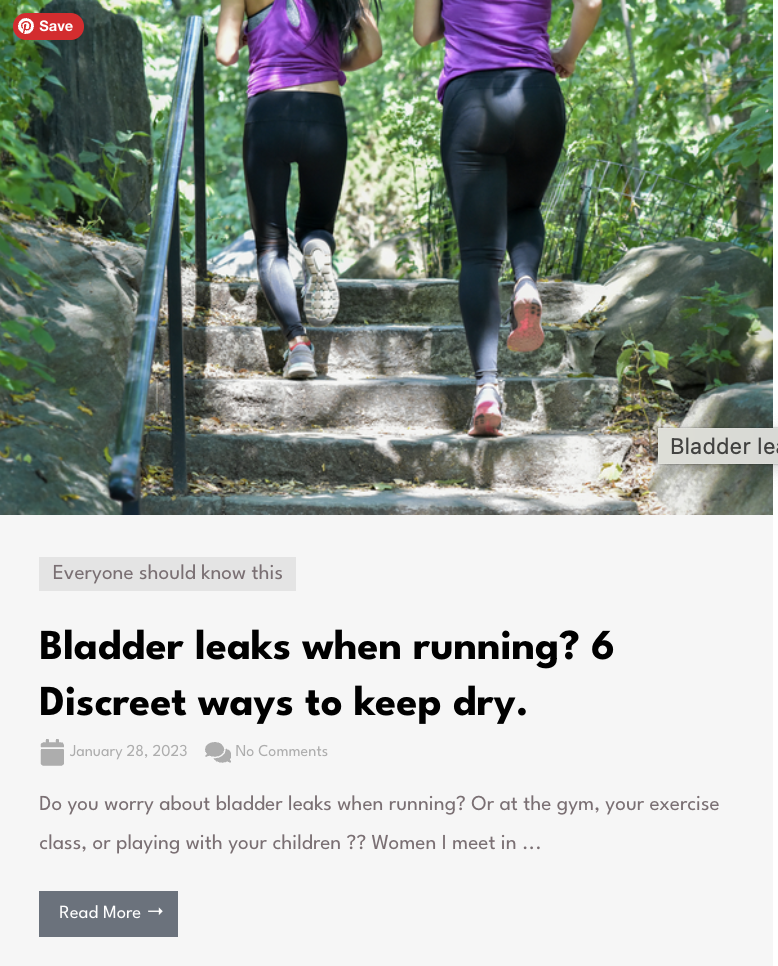Who loves to run?? And run trouble free?! Run without pain, leaks, prolapse or disappointment?
Five pelvic health specialist physio tips to run without pain, pelvic problems and while looking after your vulnerable bits.
Running is a fabulous free, effective, fun way to exercise. It appeals to many of our pilates pupils & clinic clients.
We want you to run!
However, as specialist pelvic health physiotherapists, we tend to pick up the problems arising from people running too far, too fast or too soon. Problems like sciatica, back, groin or knee pain, recurrence of antenatal pelvic girdle pain, incontinence and pelvic organ prolapse.
Running is heart, lungs, legs, bum. It burns calories quickly. You don’t need anyone else to do it with. It can be magic time ALONE with your favorite music, podcast or headspace. Equally sociable with family, friends or a running group. You can go at any time of day for 15 mins or 50 mins or 5 hours. It lends itself to an erratic life, no specific commitment required. You can even run in the rain.

Running is GREAT. We don’t say “no” to anyone, even with a medical issue or underlying condition. But before you dash out the door you need to:
- plan to avoid injury of disappointment
- prepare your foundations
- progress skillfully (following the science)
- and you might need some modifications (or rather clever kit) to look after any vulnerable bits.
Follow these steps and you will be out their running with the pros before you know it.
#1 Plan: Good Shoes
Will your shoes absorb 80% of the impact?
Your shoes are your first line of defence against the high impact of running. Each step sends a jolt of high pressure, 4 times your body weight, through your ankles, knees, pelvis and spine. When running that can be 800+ steps per mile! If your foot moves too much on landing this can affect the biomechanics throughout the body and leads to common conditions such as plantarfascitis, ankle/knee strains, sciatica and hip pain.
CHECK: Don’t just keep pulling tighter.
DO:
- Re-lace for your individual foot type. Your feet can change a lot from pregnancy.
- Review your biomechanices & orthotics with a physio.
- Need a new pair? Get professional advice (shops with treadmills in Cambridge include Runners Need & Up&Running)

#2 Prepare: good foundations
| Running is a sequence of standing on one leg then the other, just speeded up so you don’t see it. It requires strong foundations: |
- a flexible spine
- pelvic symmetry
- equally good gluts
- a switched on core
Test yourself:
Wobble Test: Stand on one leg for 10 seconds. Then the other. Were you markedly more ‘wobbly’ one way? Or have to jut your hip out to balance? Any pain triggered? Was it easier to move from right to left than left to right (or vice versa). Did one way just require more ‘thinking’?
If this simple test makes you suspicious that you have a problem shifting your weight evenly, once you hit 3000 running steps this could lead to a back or pelvis problem becoming unmasked. Do get your back/hips/pelvis checked by a physiotherapist before you run (or if you are getting pain issues, recurrent injuries, or feel you can’t reach your goals).

#3 Prepare: Don’t just Run: focus your training:
Runners can a be a little guilty of just “running”. Sometimes faster.
Most other sports include “drills” for targeted strengthening & stretching and to prime the neural system for the task. Suggestions for runners:
- start a daily stretching programme for your hip flexors, gluts, adductors. VIDEO here
- use spine curls to mobilise your back joints and correct your symmetry. VIDEO here
- practice Pilates sequences which prime the brain to co-ordinate your breath, core and gluts in the patterns you need to nail that run. Video below:
Get Ready To Run: Total time 15 mins. Or spit into two shorter sequences. Standing changes to lying sequence at 7:20 mins
#4 Progress: skillfully
Use the science of HiiT (high intensity interval training) to get fit fast. The BBC/NHS endorsed C25K app has got many clinic clients into a safe, structured routine. Incremental progressions designed by sports scientists.
Choose your coach: the famous “Laura”, Jo Whiley, Sarah Millican, Sanjeev Kohli or Michael Johnson! Stick to the programme, follow the rules. IT WORKS. There are also extension podcasts for C25K graduates.

#5 Modifications: Protect your vulnerable bits
Busts:
Protecting and caring for your delicate breast tissue is important after the stretching through pregnancy and breast feeding or changes with aging and perimenopause. An ill fitting bra will press on your trapezius muscles (running along the neck and back) which can cause pain and discomfort.
Did you know there are two types of sports bras? For small to medium busts compression bras press the breast against the chest wall to minimise bounce and enhance support as you move but if you are bigger than a 36B you will find you need an encapsulation bra (who thought that name up?), so that there is support for each breast in a proper cup.
CHECK: to run without pain make sure to wear your old sports bra for about five minutes to assess comfort and fit. Lift your arms up, bend down and jump to see if the bra and breasts stay in place. If you find spillage over, under or at the sides, reassess!
DO: learn more & get a professional sports bra fitting
Boys & Girls Bits:
Underwear for men & women is also having a tech revolution. The tech and design teams are considering tissue support, sweat, chafing and style. Check out:
- Runderwear (for men & women)
- Crossfly & JustWears (for men)
- Runner’s World Best Running underwear for women
- Runner’s World Best Running underwear for men

ProPelvic Newsletter
This blogpost is an example of our ProPelvic Physiotherapy Clinic weekly newsletter. We aim to bring our readers a unique mix of Pilates exercises and Physiotherapy information and advice. A weekly nudge to keep you moving & caring for your Body & Mind. Sign up here to receive a copy direct to your inbox.
Please do get in touch if you need more personal help with any issues preventing you from enjoying your running.





